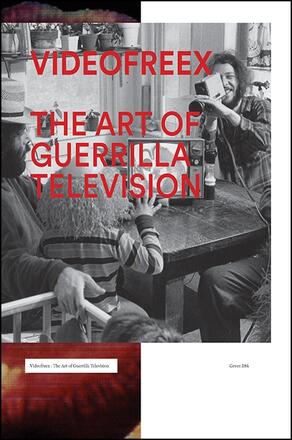
Videofreex
The Art of Guerrilla Television
How a collective of artists, storytellers, and activists exploited the new technology of portable video for creative and political purposes.
Description
Videofreex surveys the history and mythology of the Videofreex, a collective of artists, storytellers, and activists who produced and disseminated alternative media across New York and other US communities during the 1970s. The Videofreex exploited the new technology of portable video as an emerging medium for creative expression and as a democratic tool for disseminating independent points of view in a pre-digital age. By establishing the first pirate television station in the United States, the Videofreex created a base for media education and training as well as a media art center hosting local and international visitors. Many of the core members of the Videofreex are active today as artists and media makers.
Videofreex includes essays examining the historical and cultural scope and legacy of the Videofreex; essays surveying selected art installations by the Videofreex; notes on the videotape preservation of the Videofreex Archive; reflections on one of the author's work with Wave Farm, a contemporary Catskills-based media arts organization with a parallel history to the Videofreex; and essays by Videofreex founding members, reflecting on their collective contributions to art, technology, and community engagement.
Andrew Ingall, Guest Curator, is an independent producer in visual arts, film, and performance. He currently serves as Executive Director of Independent Media Arts Preservation. Daniel Belasco is the Curator of Exhibitions and Programs at the Samuel Dorsky Museum of Art, SUNY New Paltz.